Hines Tapped for Major Texas A&M Project
Incorporating the firm’s mass timber model, the development will be financed by a gift from a retail chain founder.
Texas A&M University has selected Hines as the development manager for the school’s Aplin Center, a new academic center that will include university programs in hospitality, retail studies and food product development, in support of degree programs in viticulture, fermentation processes, coffee and food science, the university announced on Wednesday, June 14.
The center is named for Texas A&M alumnus Arch “Beaver” Aplin III, whose $50 million gift to the university last summer is making the new building possible. Aplin is the founder & CEO of Buc-ee’s, a large regional chain of convenience stores.
The Aplin Center will be developed on an 8-acre site (which appears to consist of surface parking lots) at Wellborn Road and John Kimbrough Boulevard in College Station, Texas. Its design and construction evidently will follow Hines’ T3 mass timber format.
Pickard Chilton and DLR Group will lead the design process, and the landscape architect is Design Workshop. The university plans to break ground in the fall.
READ ALSO: Behind the Rise of Mass Timber Towers
Information on the building’s size and total cost was not immediately available.
In a prepared statement, Anthony Markese, principal at Pickard Chilton Architects, said the center will preserve the legacy live oak trees and unite the main campus, West Campus and Kyle Field.
John Mooz, senior managing director at Hines, referred to the center as “a living laboratory.”
The building will indeed feature product development laboratories offering opportunities for collaboration with industry, as well as retail and food service areas managed by students and faculty through the educational programs. The Aplin Center will also include outdoor and indoor student recreational spaces.
The center’s primary academic partners will be the College of Agriculture and Life Sciences and the Mays Business School.
Aplin graduated from Texas A&M in 1980 with a construction science degree and opened his first Buc-ee’s in Lake Jackson, Texas, in 1982. The Buc-ee’s chain currently consists of 45 locations across Alabama, Florida, Georgia, Kentucky, South Carolina, Tennessee and Texas, along with stores in planning for Missouri, Virginia and Wisconsin. The chain reportedly is noteworthy for the large size of its stores, the large number of gas pumps at each location, and for the cleanliness of its restrooms.
The upside of green
Just recently, Doug Holte, CEO of EXP by Hines, discussed with Commercial Property Executive some of mass timber construction’s benefits.
He first cited the substantial reductions (about 50 percent) in greenhouse gas emissions from mass timber versus concrete, adding that all of Hines’ T3 (timber, transit and technology) projects are all-electric, sidestepping fossil fuels. Holte then pointed out that because “the timber structure is the finish,” tenants can save on building out a space—and so can the next tenant.
Earlier this spring, Hines and its partners Ivanhoé Cambridge and McCaffrey topped out the T3 RiNo project in Denver. The six-story building is expected to be one of most sustainable and environmentally friendly developments in the city.

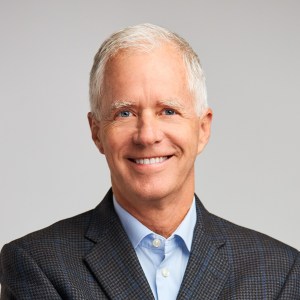
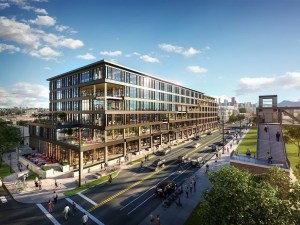
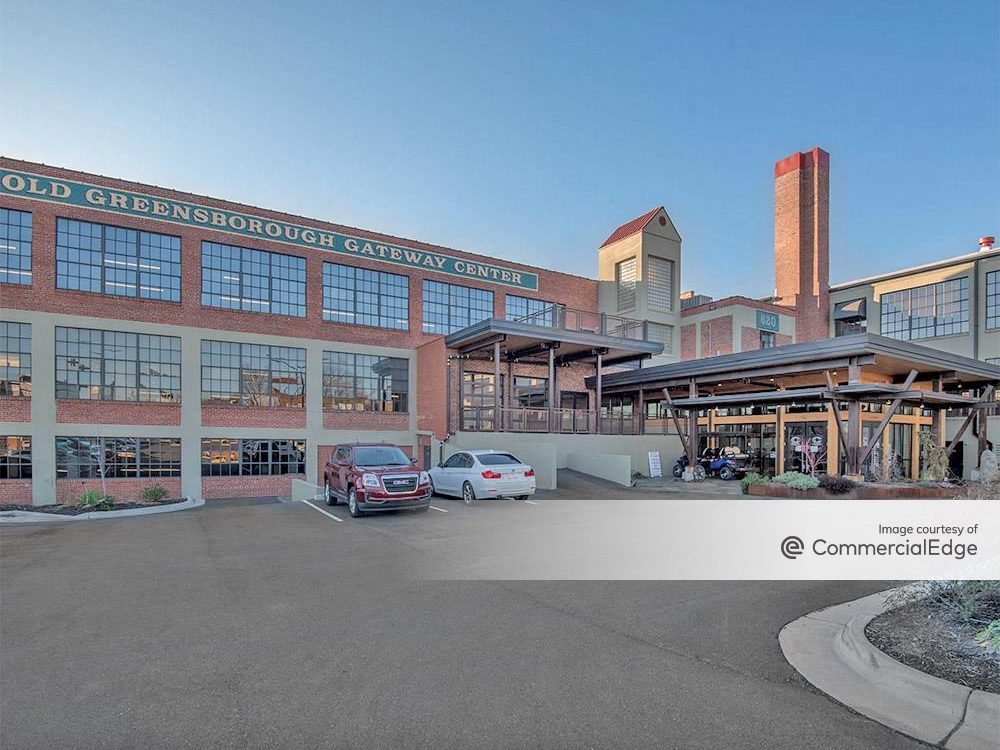

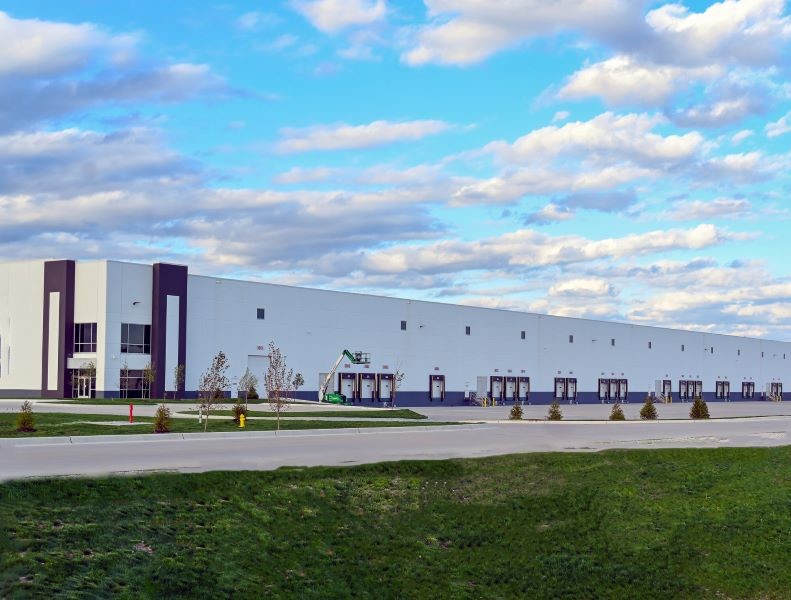

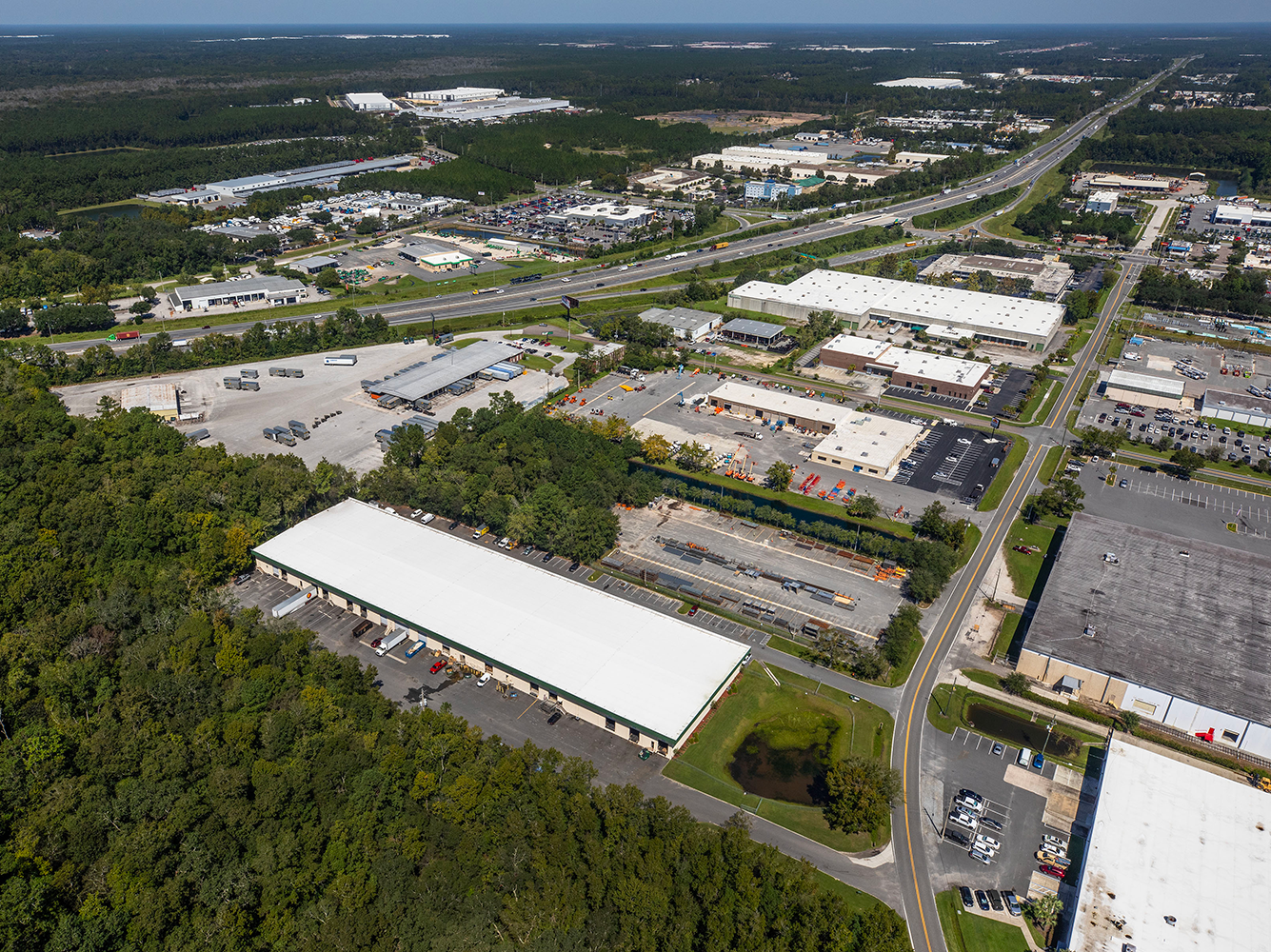

You must be logged in to post a comment.